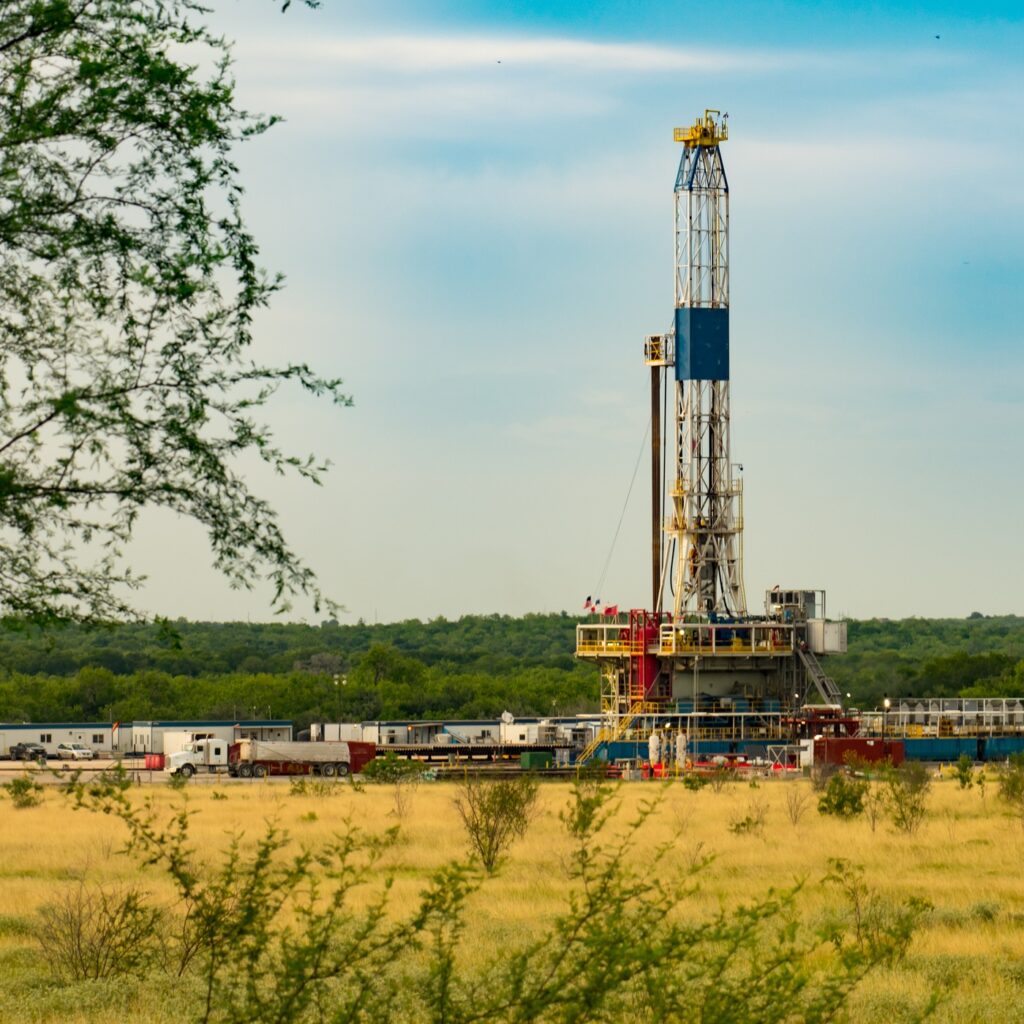Hydraulic fracturing, commonly referred to as “fracking,” is a process of extracting natural gas and oil from several miles deep beneath the Earth’s surface. Over the past decade, fracking has increased the output of these two vital energy sources by 86 percent and 134 percent, respectively, and the fracking industry now supports nearly three million U.S. jobs.
Thanks to fracking, energy prices have dropped significantly, saving billions of dollars for consumers and spurring massive economic growth.
The well-documented fracking successes have largely been unnoticed and unappreciated by the public and maligned and attacked by some lawmakers. Fracking opponents, many of whom receive substantial funding from anti-energy activists, feed anti fracking sentiment by asserting several false claims about fracking. Because of these efforts, policymakers in several states have chosen to impose burdensome and unnecessary restrictions on fracking.
The well-documented fracking successes have largely been unnoticed and unappreciated by the public and maligned and attacked by some lawmakers.
This Policy Brief outlines the basic elements of the fracking process and then refutes the four most widespread fracking myths. It provides lawmakers and the public with the research and data they need to make informed decisions about hydraulic fracturing and energy development.
This Policy Brief addresses the four most persistent myths perpetuating hydraulic fracturing:
- Myth One: Fracking Pollutes Drinking Water
- Myth Two: Fracking Pollutes the Air
- Myth Three: Fracking Causes Health Problems
- Myth Four: Fracking Causes Dangerous Earthquakes
This Policy Brief outlines the basic elements of the fracking process and then refutes the four most widespread fracking myths. It provides lawmakers and the public with the research and data they need to make informed decisions about hydraulic fracturing and energy development.





